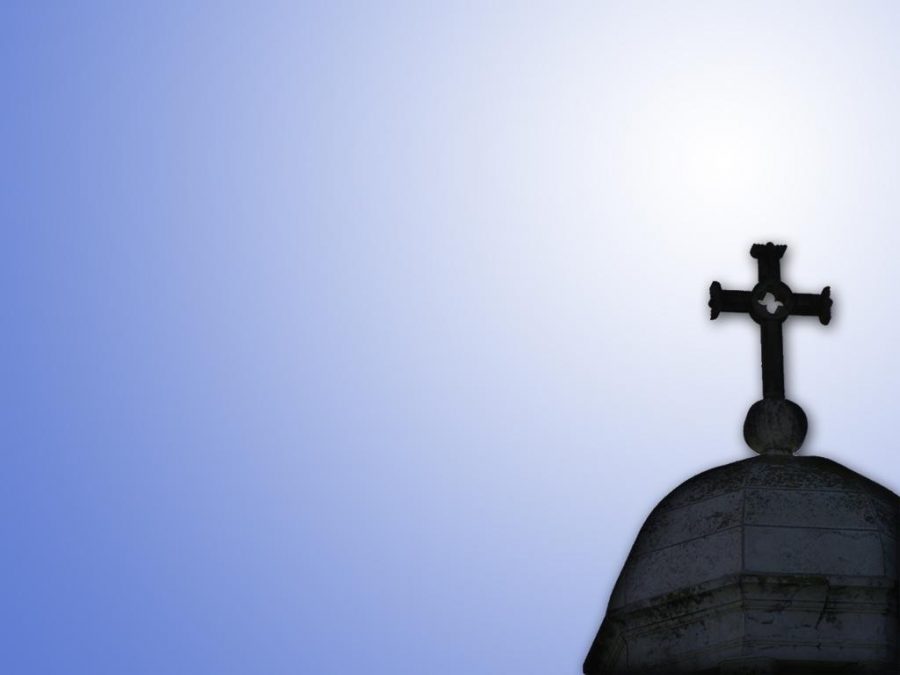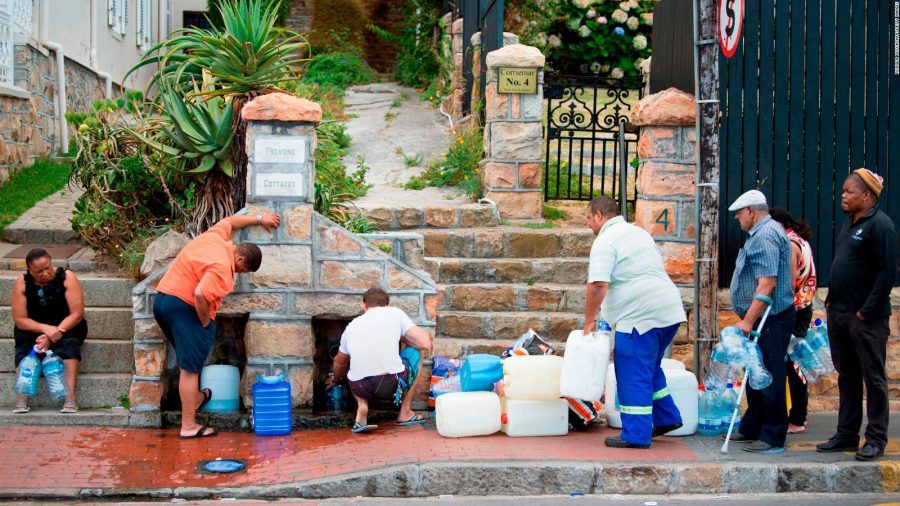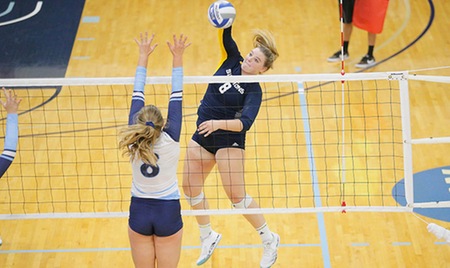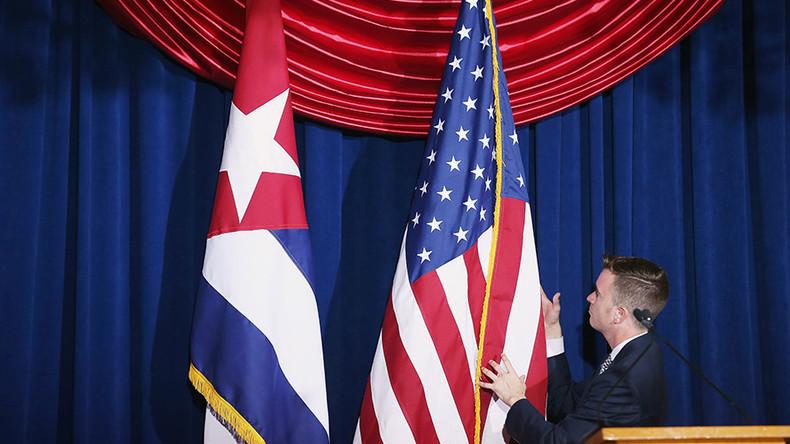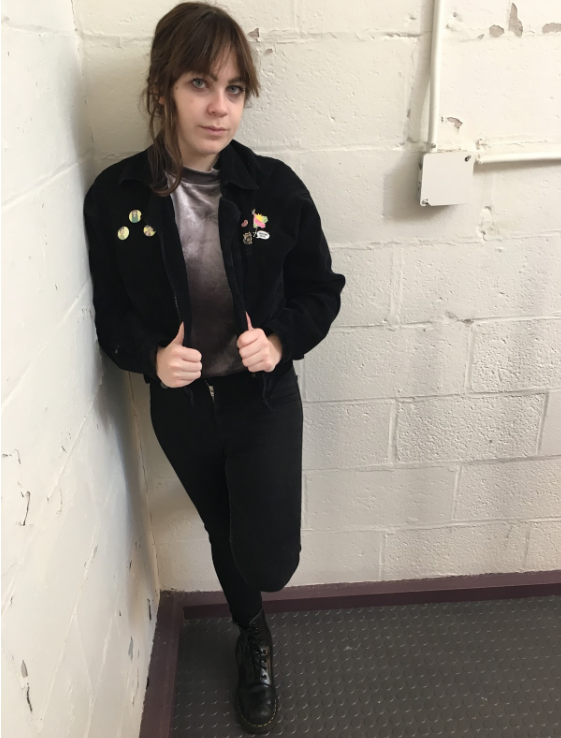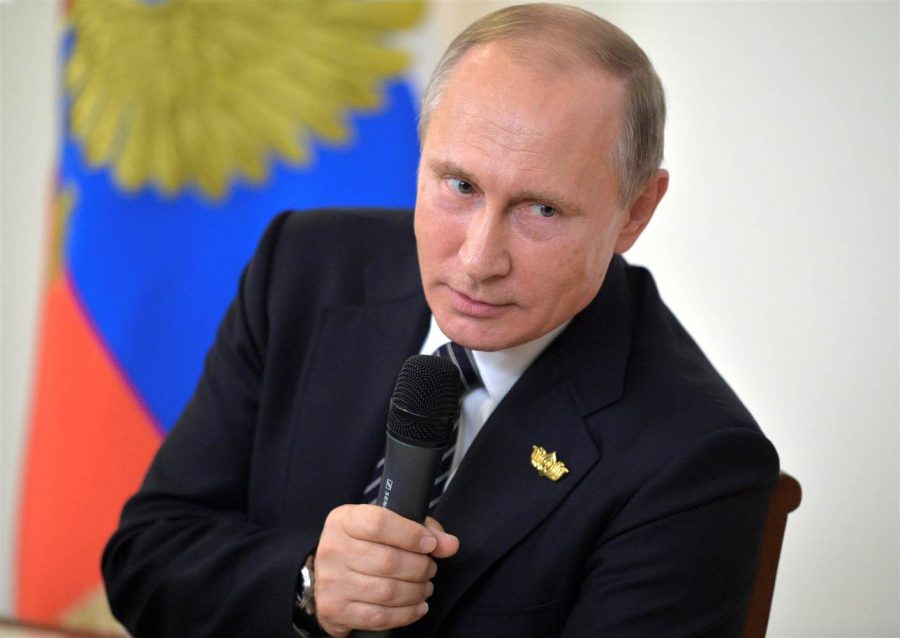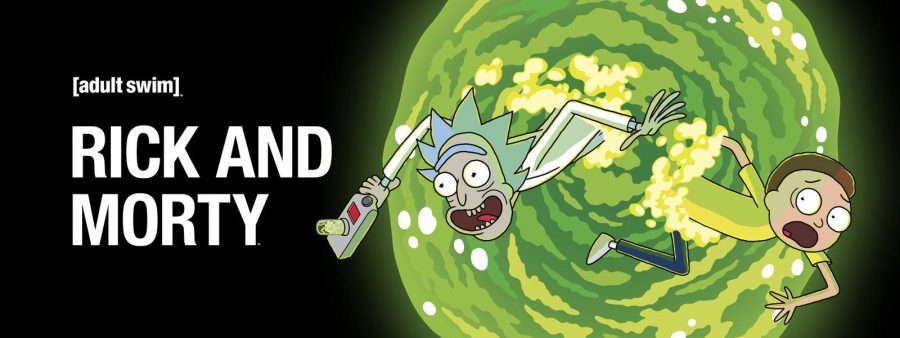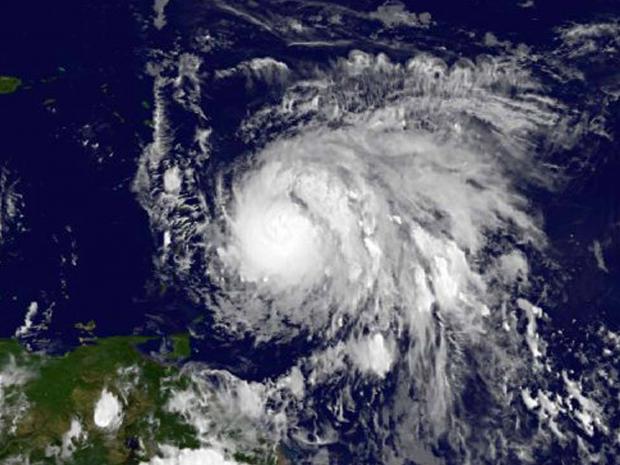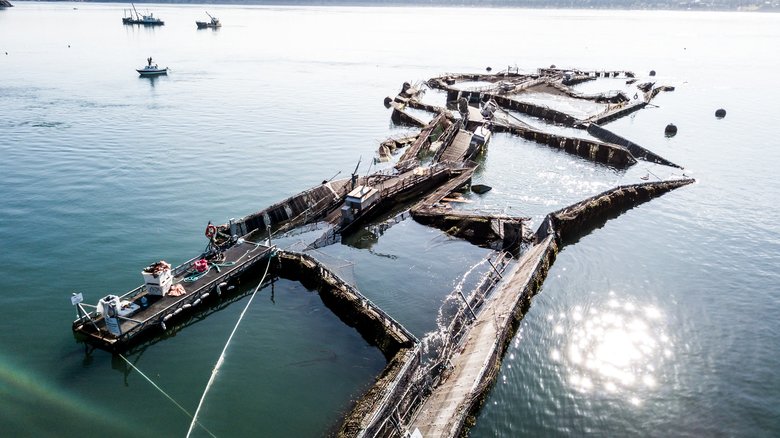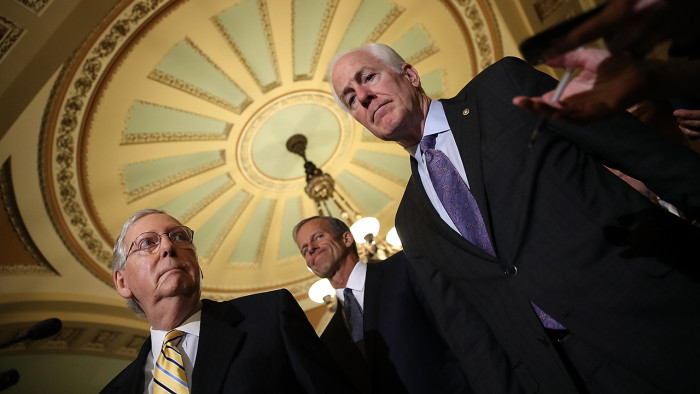By Madeleine Longwell
Staff Writer
Beginning at 3 a.m. in Washington, D.C., thousands gathered to see the pope during his first trip to the U.S. Everyone, from children to college students to those much older than the pope himself travelled to see him wherever he stopped.
In Washington, D.C., Pope Francis arrived for the first time last Tuesday, where he was greeted by President Obama. After delivering mass at the Basilica of the National Shrine of the Immaculate Conception and addressing a joint session of Congress, he traveled to New York to speak at the U.N. for its 70 anniversary.
The final stop on his tour along the East Coast was Philadelphia, where he visited historical sites and met with Catholic leaders from the area.
The reaction is not surprising for Pope Francis, who has been making waves in the Catholic Church since he became pope in 2013. He has gained popularity as a new, more liberal leader of the Catholic Church—an institution frequently at odds politically with both moderates and liberals in U.S. politics.
Though he has taken some progressive actions—like forming a commission to look into sex abuse within the Catholic Church or acknowledging a place for evolution in Catholic beliefs—many others suggest that Pope Francis has been made to appear more liberal than he is by American media.
Perhaps the most anticipated stop on his American trip was the pope’s address to Congress. During the speech, Pope Francis addressed many issues relevant to American politics. “We the people of this continent are not fearful of foreigners, because most of us were once foreigners,” he said on the topic of immigration.
Pope Francis’ popularity across all generations was certainly clear after his trip this month and it may act as a beacon of hope for the Catholic Church.
In recent years, the percentage of the American population identifying as a member of any one church or faith has started to decline. This has been particularly true of Catholicism. Since 2007, the Church has seen a 3.1 percent decline in the number of people polled who identify as Catholic. Many suggest that the change in the religious makeup of the
U.S. religious makeup is among through the younger generations, the same generations that tend to be more politically liberal.
Though his trip concluded on Sunday, Pope Francis’ presence in the U.S. is certainly still evident; many Americans will continue to pay close attention to what he says and does throughout his time as leader of the Catholic Church.



